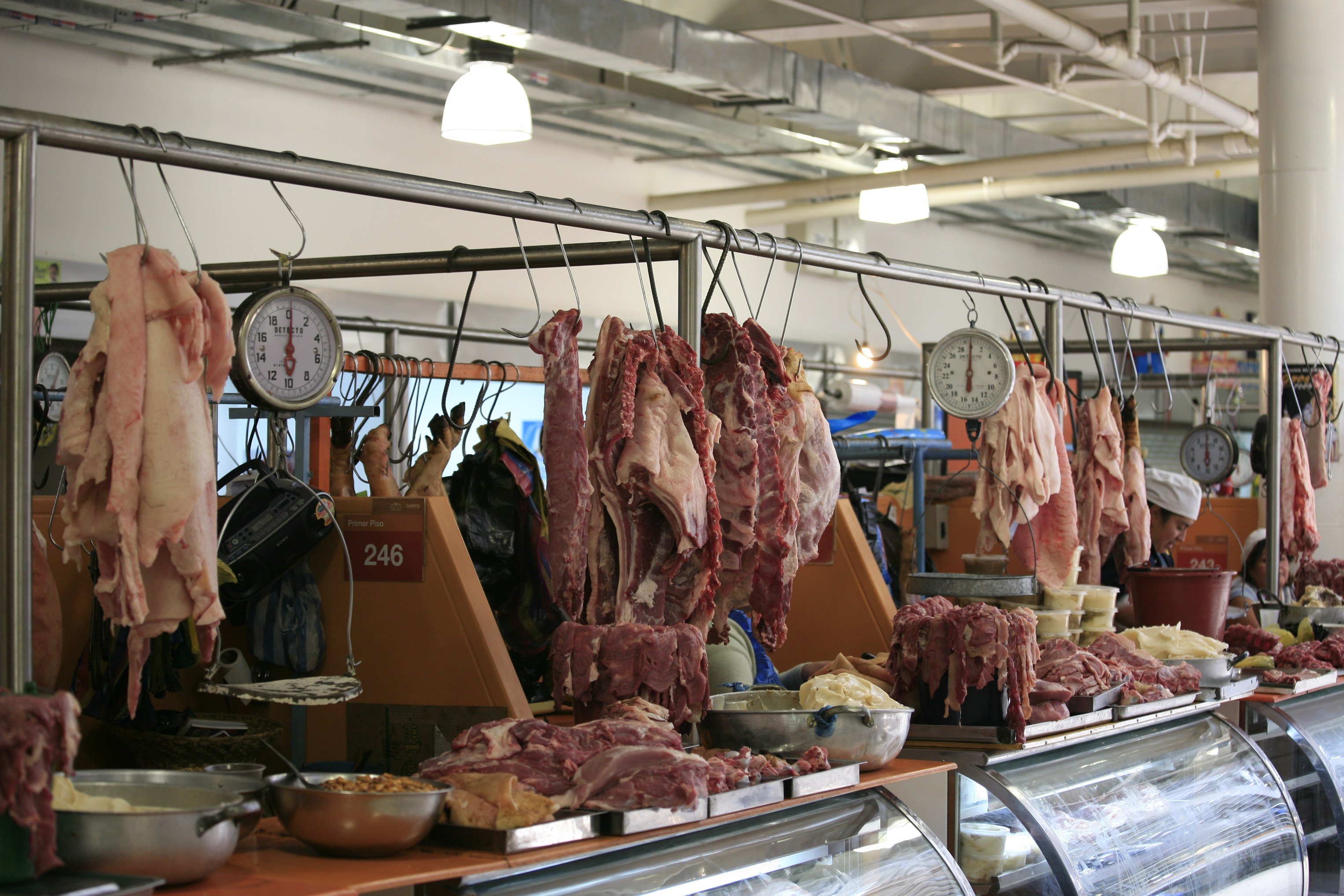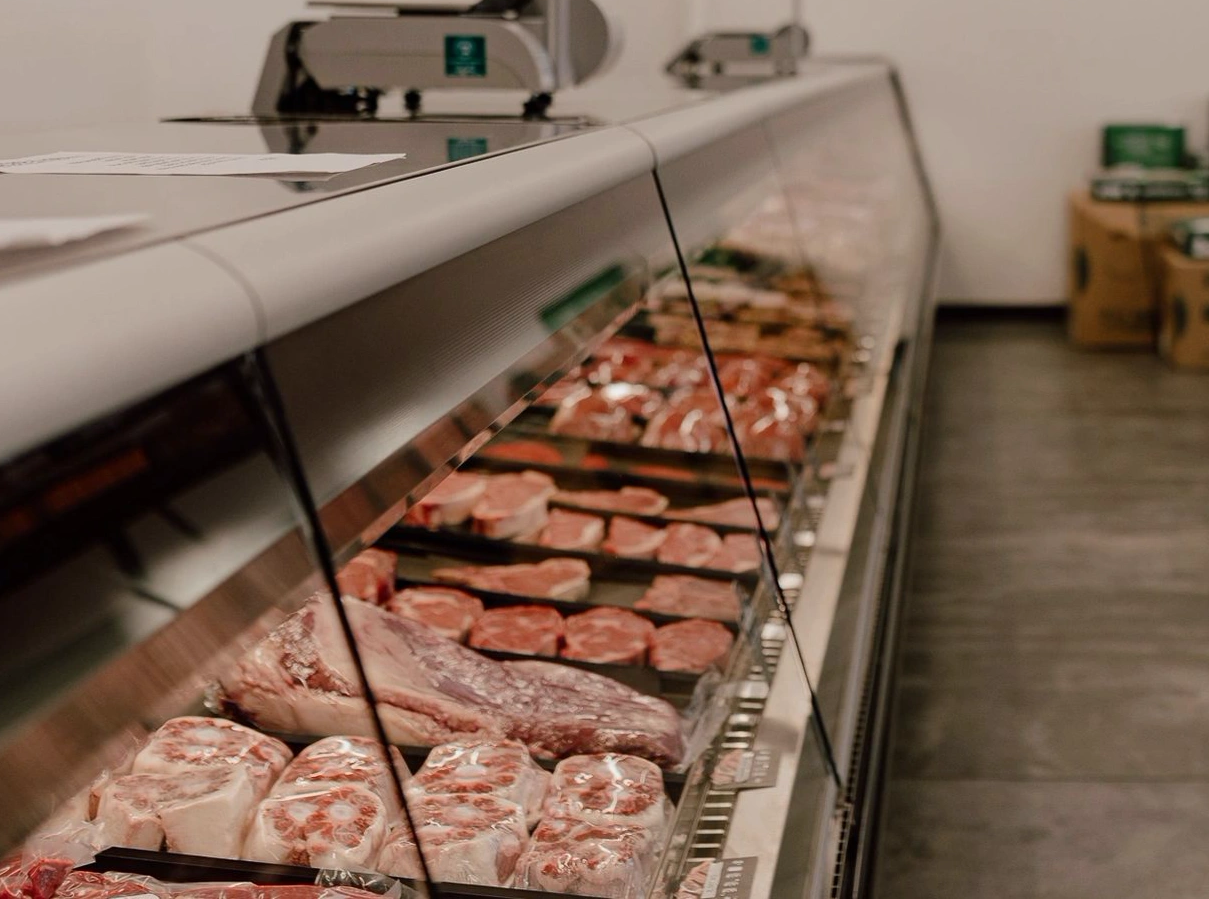Uncover the Art of the Butcher's Cut in a Modern Meat Market
In the ever-evolving landscape of modern meat markets, the butcher's cut has actually transcended its conventional origins, merging old-time craftsmanship with modern practices. What really sets the contemporary butcher apart is their ability to create a deeper connection in between consumers and the beginnings of their meat.
Evolution of Butchery Strategies
The development of butchery techniques mirrors an abundant tapestry of development and adjustment driven by advancements in modern technology, changes in customer need, and a much deeper understanding of meat science. Historically, butchery was a craft gave via generations, with methods refined over centuries to optimize return and flavor. Nevertheless, the industrial transformation introduced mechanization, transforming standard techniques and enabling massive handling.
The mid-20th century saw butchery strategies even more fine-tuned by clinical understandings right into muscular tissue biology and meat aging, enhancing both tenderness and taste. Technologies like vacuum cleaner product packaging and refrigeration extended product shelf-life, permitting butchers to expand offerings and improve quality control. This period also marked the increase of specific devices, such as band saws and meat slicers, which boosted accuracy and performance in meat handling.

The 21st century has introduced digital technology right into the butchery world. Digital systems currently assist in monitoring pet provenance and maximizing cuts to fulfill specific client preferences. Additionally, a revival in artisanal butchery has emerged, mixing typical abilities with contemporary knowledge to satisfy consumers seeking moral and lasting meat choices. This evolution emphasizes a vibrant interplay between tradition and technology, conference contemporary needs while protecting the craft's heritage.
Comprehending Meat Cuts
Comprehending the details of meat cuts is vital for both butchers and customers seeking high quality and worth. For butchers, accurate cuts mirror ability and respect for the craft, making sure marginal waste and optimal yield.

Understanding muscle make-up is critical; muscle mass used extra often by the animal often tend to be harder and are best suited for slow food preparation methods, while less-used muscular tissues, like those discovered in the loin, are more tender and perfect for grilling or roasting. Knowledge with these distinctions empowers customers to make educated selections, improving their culinary ventures.
Selecting Top Quality Meat
Picking the right meat includes even more than just picking an aesthetically enticing item from the display. The art of choosing high quality meat calls for a critical eye and understanding of certain features that signify freshness and excellence.
Secondly, think about the marbling, which describes the white streaks of fat within the muscular tissue. Proper marbling is an essential indicator of tenderness and flavor, as it melts during cooking, improving the meat's juiciness. Keep in mind, greater marbling frequently correlates with premium high quality cuts, such as USDA Prime.
Structure is one more vital aspect; meat must really feel strong to the touch, not slimed or overly soft. websites Additionally, bear in mind the scent. Fresh meat should have a tidy, neutral scent, without any sour or off-putting odors.
Pairing Cuts With Food Preparation Approaches

On the other hand, harder cuts like brisket and chuck roast are abundant in collagen, which damages down into gelatin when cooked slowly. These cuts are perfect for braising or sluggish roasting, allowing the meat to soften gradually and establish deep, intricate tastes. Cuts such as brief ribs and pork shoulder make out well with slow-cooking methods, where extended cooking times transform their robust structures right into succulent recipes.
Lamb shanks and oxtail, which require extended food preparation to soften, are best prospects for cooking or sluggish simmering. These methods coax out rich, hearty tastes while keeping dampness. By understanding the unique characteristics of each cut, chefs and home cooks alike can elevate their culinary creations, ensuring each dish is both pleasing and remarkable.
The Butcher's Role Today
Browsing the advancing landscape of the contemporary meat market, the butcher's role today expands beyond plain prep work of cuts. Contemporary butchers are culinary craftsmens, educators, and supporters for sustainable practices. They link the space in between the farm and the fork by ensuring honest sourcing, understanding pet husbandry, and prioritizing openness in the supply chain. This shift mirrors the growing customer demand for top quality over quantity, where provenance and pet welfare are vital.
Along with crafting specific cuts, butchers now involve straight with customers, supplying cooking suggestions and tailoring choices to match private demands and preferences. Their expertise in meat aging, marbling, and flavor accounts encourages consumers to make educated choices, boosting their culinary experiences. This individualized solution exemplifies the butcher's developing duty as a relied on advisor in the kitchen area.
Additionally, butchers are crucial in minimizing waste, using entire pets to create diverse products such as sausages and stocks. This detailed strategy not just values the animal but likewise straightens with modern sustainability objectives. In this means, the modern butcher embodies both tradition and development, adapting to an ever-changing market while protecting the creativity and honesty of their craft.
Verdict
The modern butcher's craft delicately weaves traditional techniques with modern innovations, emphasizing sustainable visit this web-site techniques and moral sourcing. Mastery in comprehending varied meat cuts and quality indications equips butchers to provide enlightened referrals, straightening certain cuts with ideal food preparation methods. This experience not just elevates cooking experiences yet additionally enhances the connection between customers and the beginnings of their food. By honoring historical techniques while welcoming contemporary needs, the butcher's function remains vital in today's innovative meat market (bagley farms meat market edwardsville il).